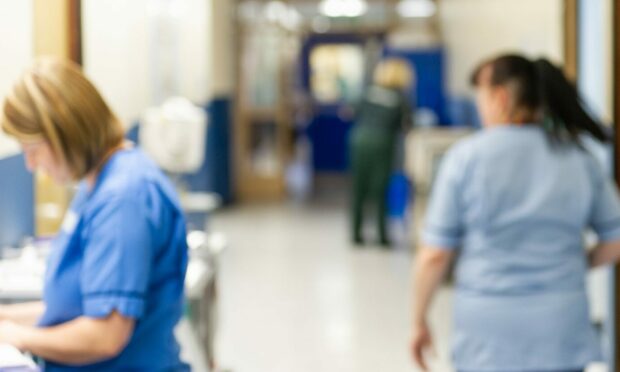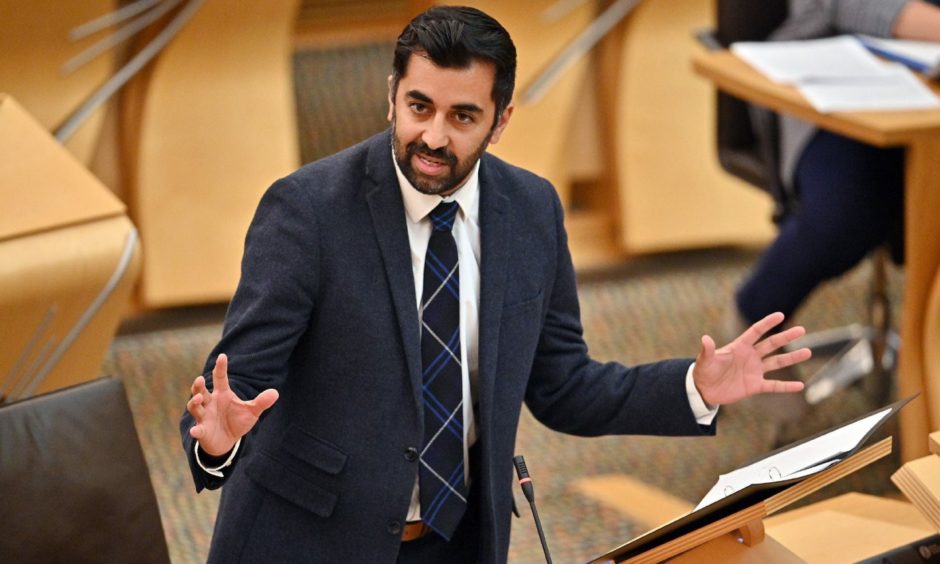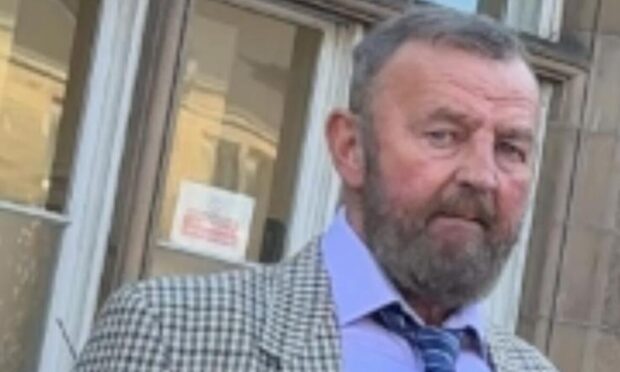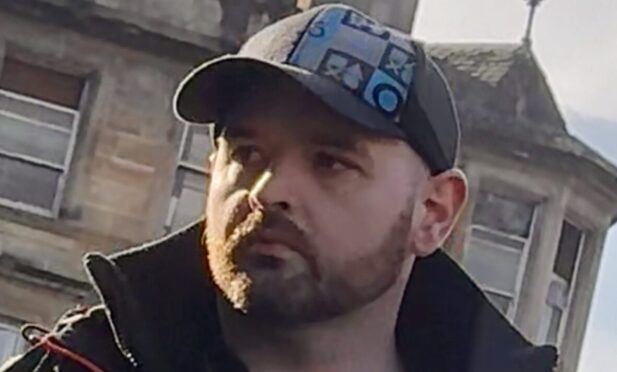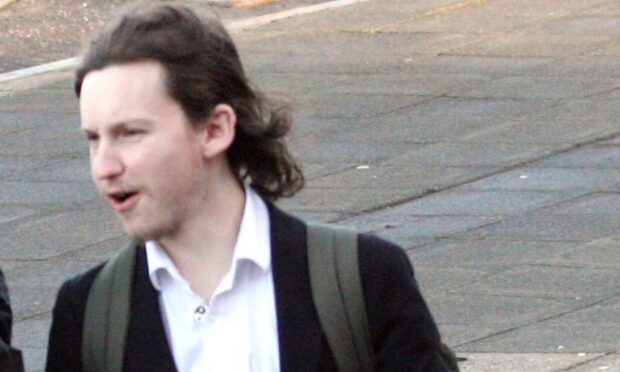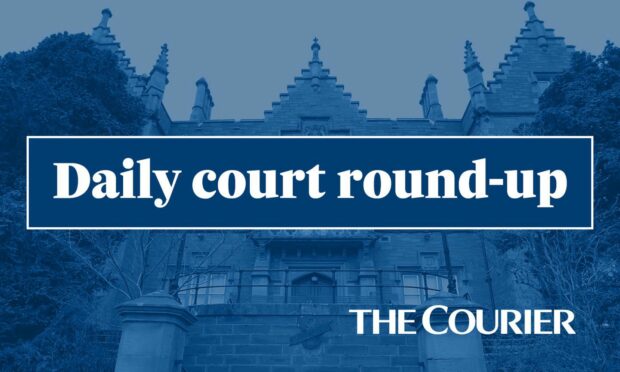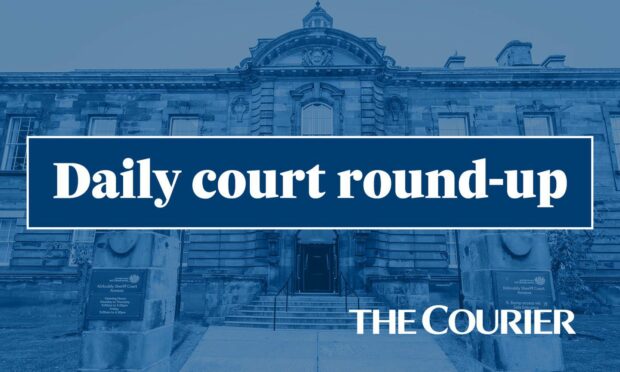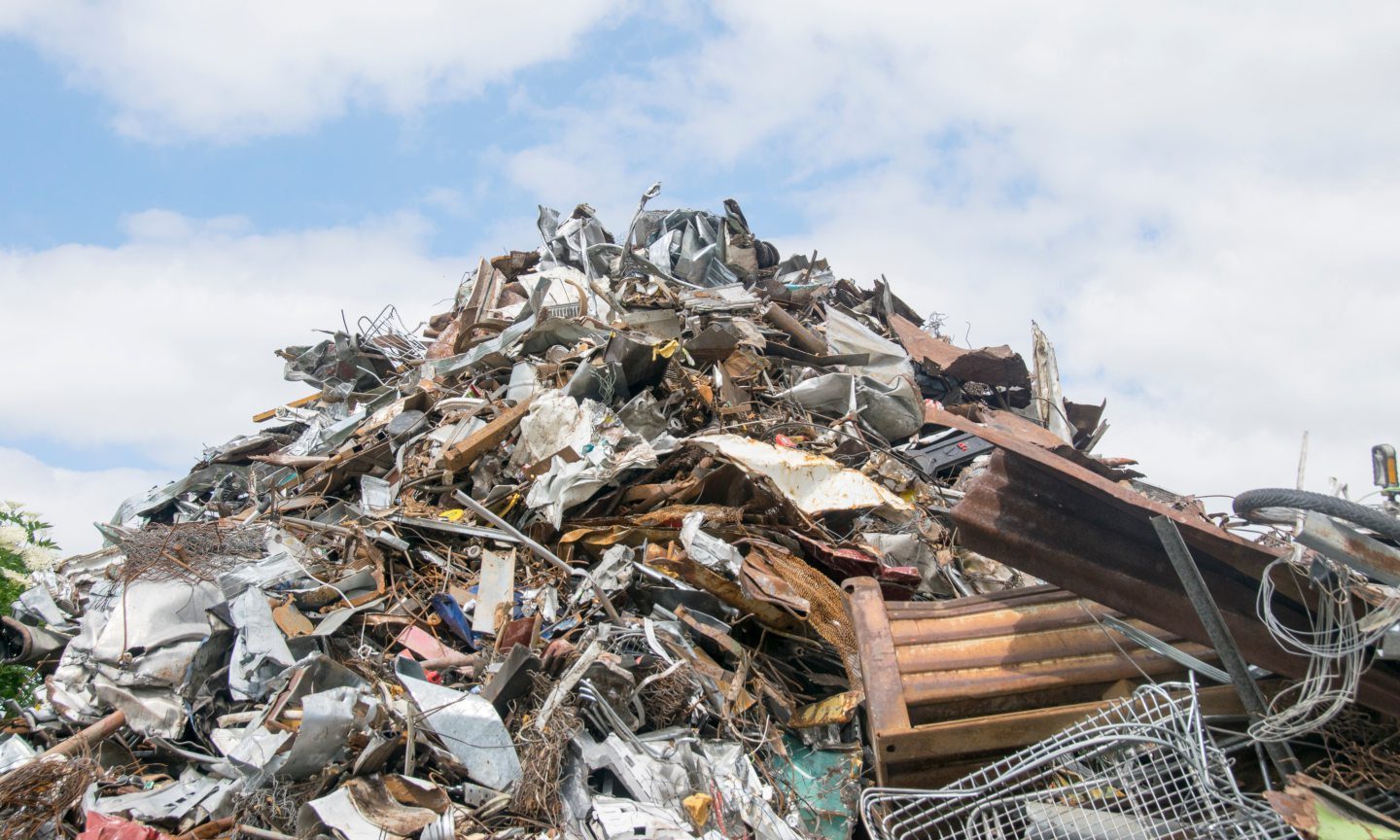New guidance has been issued for anyone visiting a care home or hospital in Scotland in the wake of rising Covid-19 cases.
The Scottish Government says anyone going to one of these facilities should return a negative lateral flow test, while there are limits on the number of people who can visit patients.
It comes after NHS Tayside announced on Thursday that anyone visiting a patient in one of its hospitals must test negative for Covid.
The new guidance has been introduced as concerns rise over the spread of the more transmissible Omicron variant.
Hospital ward visits limited
Under the guidelines, no more than two households should meet with a resident at any one time inside a care home.
Residents are being asked to avoid larger gatherings when visiting friends and family outwith a care home.
Meanwhile Health Secretary Humza Yousaf says that, while hospital visiting should continue to be prioritised, some precautions are needed.
These include asking all visitors to use a lateral flow test ahead of visiting, and for no more than two people to visit a patient at any one time, on wards where there is no current active outbreak.
Where an active outbreak is being managed, hospitals should allow essential visits only.
Mr Yousaf said: “We are clear hospital visiting must continue, with appropriate precautions and protections in place.
“We are also mindful of the imminent Christmas period and what this means for patients, staff, visitors and communities.
“Our expectation is that every patient in hospital in Scotland over the Christmas and New Year holiday period should be able to benefit from the support of at least one visitor and, wherever it is safely possible, two.
The additional protective measures for adult care homes aim to balance the current Covid-19 risk
“These additional measures, in recognition of the rapid spread of the Omicron variant, are on top of existing infection prevention and control measures.
“As has always been the case, we expect protections such as hand hygiene, face coverings and distancing to continue to be maintained.
“The additional protective measures for adult care homes aim to balance the current Covid-19 risk and the need to keep people safe in line with clinical advice provided about the risks of Omicron variant of Covid-19 at this time.”
Visitors can still be supported to visit residents in care homes with a controlled Covid-19 outbreak – if the local health protection team has agreed this can happen.
The guidance also says that essential visits in circumstances such as distress or end-of-life care should be supported.
Lateral flow tests
Mr Yousaf added: “Anyone who visits a hospital or care home should undertake a lateral flow test before every visit in order to keep patients and residents safe.
“However, the additional measures in care homes and hospitals are based on the principle that, using all the protective measures, people living in care homes or being treated in hospitals should continue be supported to see and spend time with those important to them.
“It is vital that everyone works together to enable people to see each other in the lead up to and over the Christmas period so that everyone can spend time with one another safely and with confidence.
“I want to take this opportunity to thank all health and social care staff who have worked tirelessly to enable people, whether patients or care home residents, to stay connected with their loved ones. Their contribution has been immense.”
